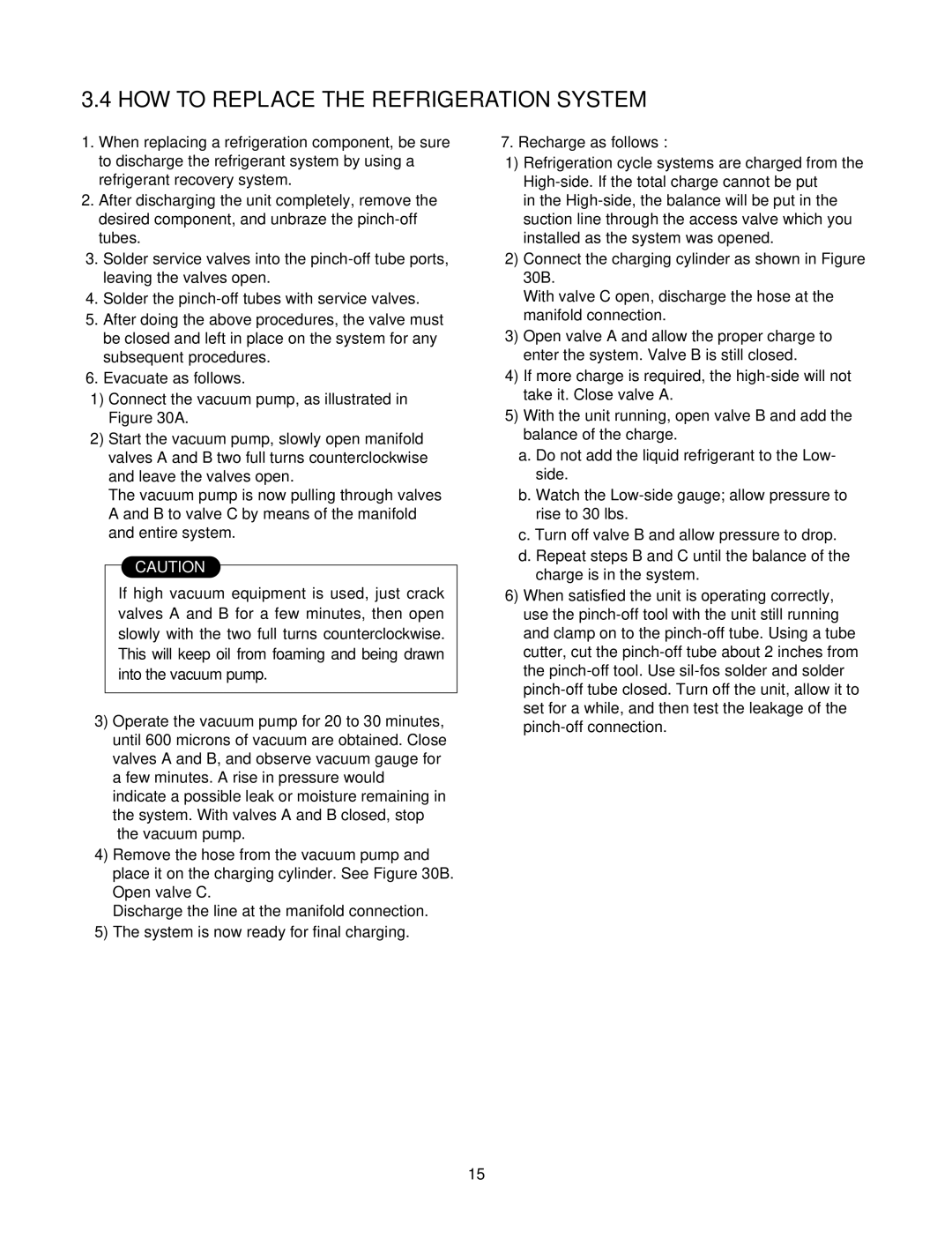BHD-501-D, BHD-301-D, BHD-651-D specifications
The Heat Controller BHD series, including models BHD-651-D, BHD-301-D, and BHD-501-D, represents a significant advancement in indoor heating technology. Designed for efficiency and user convenience, these units cater to diverse heating needs in residential and commercial spaces.The BHD-651-D model is notable for its high heating capacity, making it ideal for larger areas. With a robust power output, it ensures quick and consistent warmth even in the coldest conditions. This unit features a sleek design that seamlessly blends into various interior styles, along with advanced insulation materials that maintain heat, minimizing energy consumption.
The BHD-301-D serves as a versatile solution for medium-sized rooms. It boasts a compact design while still providing ample heating power. One of its main features is the adjustable thermostat, which allows users to set their desired temperature with precision. Additionally, this model includes a programmable timer, enabling users to schedule heating in advance for optimized energy use.
Meanwhile, the BHD-501-D strikes a balance between power and size, making it suitable for both residential and smaller commercial settings. It offers innovative climate control features, such as a smart sensor that detects the room’s temperature and adjusts the output accordingly. This model also incorporates a user-friendly control panel, allowing easy access to temperature settings and mode selections.
All three models utilize advanced thermal technologies that enhance operational efficiency. They employ eco-friendly refrigerants, contributing to reduced environmental impact while maintaining excellent heating performance. Energy-saving modes are also integrated into each unit, allowing users to operate the heaters at lower power levels during off-peak hours.
Safety is a key consideration in the design of the BHD series. Each model is equipped with multiple safety features, including overheat protection and tip-over shut-off mechanisms, ensuring safe operation in any environment. The units are designed for noise reduction, enabling quiet operation and maintaining a peaceful atmosphere in the space.
In summary, the Heat Controller BHD series offers a range of features tailored for various heating needs. With their blend of advanced technologies, energy efficiency, and safety measures, the BHD-651-D, BHD-301-D, and BHD-501-D are excellent choices for anyone looking to enhance their indoor heating experience. Whether for a cozy living room or a bustling office, these models provide reliable, effective, and safe heating solutions.

